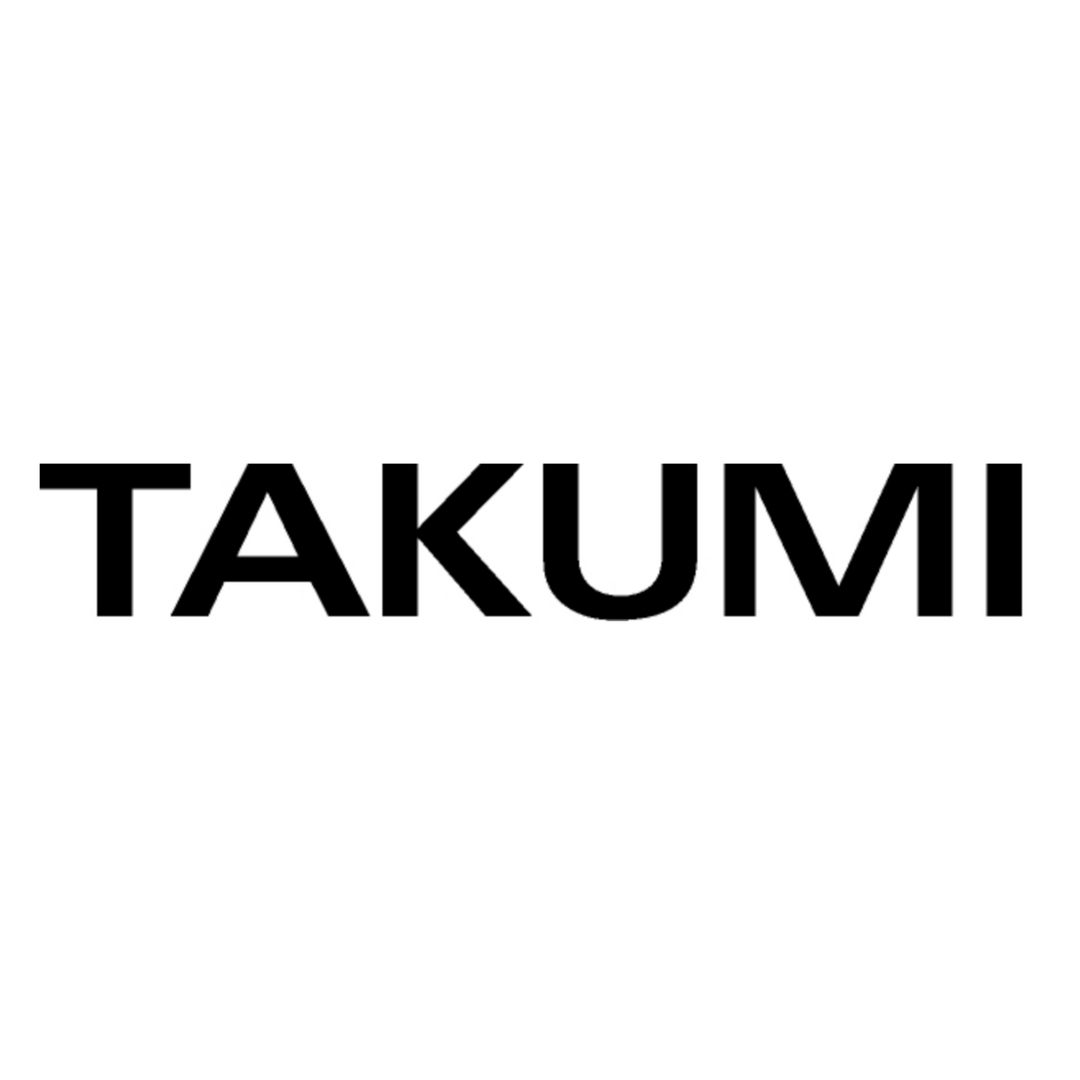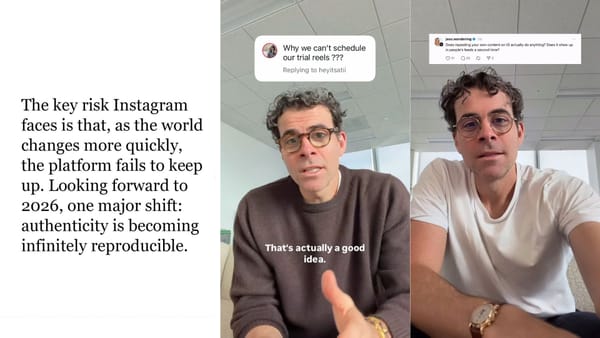With the first-ever Influencer Marketing Awards (IMAs) taking place in March 2019, we caught up with Takumi’s founder and CEO, Solberg Audunsson, to discuss how influencer marketing will look next year, the challenges the industry face and how Takumi is evolving with the ever-changing influencer landscape.
Takumi will be attending the IMAs as a sponsor of the Most Effective Collaboration or Partnership category.
First of all, could you give us a quick overview of your company and what you do?
Takumi is a leading managed service platform for influencer campaigns, founded by myself, Mats Stigzelius and Gummi Eggertsson in 2015. The influencer (iOS and Android) app allows approved Instagram users with as few as 1,000 followers to browse a selection of “gigs” listed by brands. The influencer chooses which campaigns they want to support, posting their own creative spin on the proposed brief, including a hashtag signposting it as paid-for-content. Takumi turned three years old in November but the team has been involved in the influencer marketing game since the very beginning. To date, Takumi has helped generate more than 31,000 pieces of content and work with more than 15,000 influencers and 750 brands, the likes of Nike, Kellogg’s and Amazon. Takumi has offices in London, New York, Berlin, and Reykjavik. Takumi has also been featured in this year’s Top 100: Britain’s Fastest-Growing Businesses report, at position 57. The new report identifies the top 100 companies that have increased in value the most since 2015.Influencer marketing is a rapidly growing industry which has delivered brilliant work with a pool of creative talent – this will continue to excel as the industry matures. The Influencer Marketing Awards is the perfect arena to celebrate the very best influencer marketing campaigns. We’re excited to be part of this occasion and provide the recognition the industry deserves. What key developments in the industry have you seen within the last 12 months, and how has your company maneuvered with them?
In the past year, brands and marketers have tried to approach more accurate measurements of impact. Although influencer marketing remains top of the funnel, attempts at understanding and triangulating its effectiveness in various ways can deliver insight that helps justify deeper commitments to the activity. Recently, Takumi announced a major shift in how it evaluates influencers for brand campaigns. Instead of using follower numbers to measure campaign impact and cost, we’re using the actual number of impressions generated by content. This movement is a bid to improve transparency and fight fraud, and the move is a significant first for the industry. The influencer marketing sector has traditionally used an account’s follower number as the primary basis for cost per mille metrics, especially when selling campaigns to brands and identifying creators. This can prove misleading though, as it’s estimated that only 25% of an account’s following will actually see the post on average, meaning brands and marketers pay for reach they won’t get. The switch to ‘guaranteed impressions’ will tackle this, ensuring that brands are paying for measurable results and getting better value for money, while also making it more difficult for influencers trying to secure brand partnerships with fake followers.This development is a sign that influencers are becoming validated as a serious part of the marketing mix, and the coming year will see the sector approach maturity.Are there any exciting trends within the influencer marketing space right now?
An overarching trend over the past several years has been indie brands challenging big Fast Moving Consumer Goods companies – just look at craft brewing and cosmetics. Influencers have been riding this wave for a while, using their existing audience and talent for marketing themselves as a leg up to become entrepreneurs. We will see more and more influencers launching their own brands, and we will see them begin taking over the indie brand space. Eventually, we believe they will be able to capture this whole sector, ushering in an era of marketing first, product second. Traditionally, the model has been to launch a brand and then use marketing to promote it. Influencers are flipping that model on its head – they amass an audience first, and then just need an idea and potentially a manufacturer, shortcutting both marketing and retailers and creating a direct link to consumers. They are more than just the face of the brand, they are the brand – an attractive concept for a generation of consumers who care deeply about the values of the companies they support, and who are more selective than ever about the brands they choose to align themselves with. 2019 will be the year influencer marketing and its stars start to be taken seriously. The rapidly growing industry has been surrounded by skepticism, critique and its fair share of growing pains since the start but it’s here to stay. Social media is tipping the power from brands to creators, and in 2019, it’s about time we start realising it. And the biggest challenge faced?
Influencer fraud dominated the headlines in 2018. Never more so than when Unilever CMO Keith Weed announced in June that the company would make a conscious effort to improve the integrity of influencer campaigns. He urged the wider industry to help “rebuild trust” in the sector by rejecting fake followers – leading to a deluge of brands pledging to avoid social media accounts with inflated stats and criticism of influencers that didn’t signpost paid promotions. In many ways, his comments encapsulate the current state of influencer marketing. There are challenges to be addressed, but also great opportunities, and that’s something more and more companies are recognising. Instagram itself has responded, having recently announced it is cracking down on accounts using third-party apps to enhance followers and engagement. Up until now, there hasn’t been enough pressure on Instagram to regulate accounts using fake followers and engagement – this responsibility has been placed on brands, agencies, and the influencers themselves as well as on audiences to spot. The influencer industry has been calling out for platform improvements of this sort for a long time.In your opinion, what kind of attributes stand out in a successful influencer marketing campaign?
Four key attributes contribute to the success of an influencer campaign: 1) The originally defined objective of the campaign was achieved.It is key to define the objective of the campaign before planning the influencer activation so it can be set up in the correct way. Campaign objectives can vary from engagement rate, impressions, pieces of content, user acquisition to sales, this can defer depending on client and campaign needs. 2) Marketing Strategy > Influencer StrategySuccessful influencer campaigns are integrated into cross-channel and cross-media campaigns.3) Right ration between control and creativity in the briefFor great campaigns, brands need to give influencers the opportunity to do their job right. That means giving up a bit of control and getting the result you really want to achieve: Instagram native content that appeals to and inspires the followers of the influencers.4) Authenticity at any priceAuthenticity is one of the most important prerequisites for successful influencer marketing. Find ways that influencers choose your brand and not the other way around. This will result in successful posts because the influencers are excited for the collaboration and become brand advocates.Lastly, how will Takumi help drive the influencer marketing industry forward on a global scale in 2019?
Takumi has built technology to scale the number of influencers a brand can work with. Our efforts to reach lower tier influencers will continue as we believe this is where we can leverage more impact via more authentic influencers. However, in 2018 we noticed that influencer marketing needed more consulting to ensure efficiency of spend and impact on the brand’s bottom line. Next year we will introduce wider consulting services to challenge brands to integrate influencer marketing with other activity more deeply; to find the right influencers and work with them in compelling ways that followers will appreciate. This can’t be pulled off with cookie cutter campaigns. We’ve seen raw SaaS companies fail to reach scale in 2018 but companies with agency DNA succeed. Managing to combine both is where it’s at in 2019.








